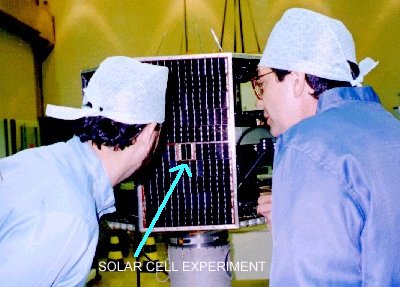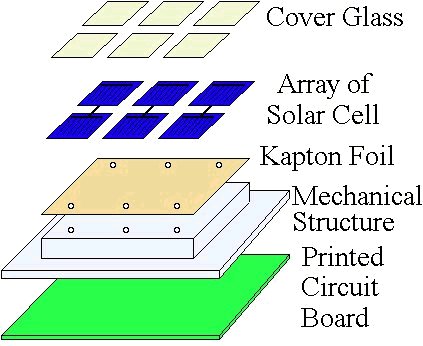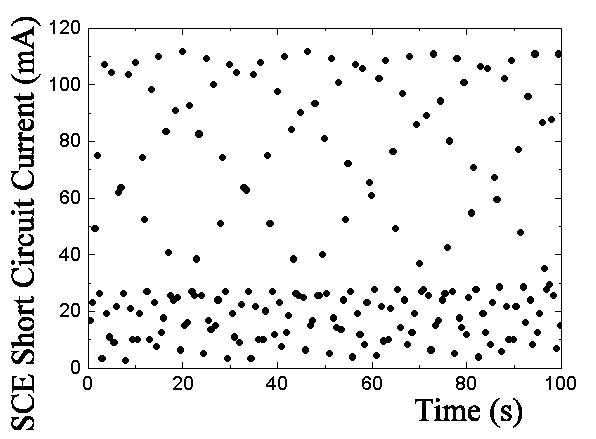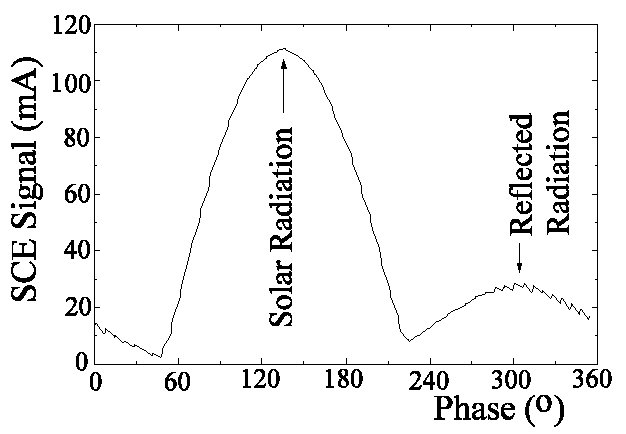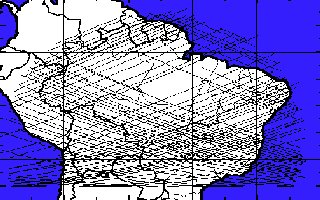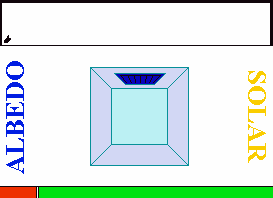SOLAR CELL EXPERIMENT |
OF THE SCD2 SATELLITE |
The Brazilian Complete Space Mission (MECB) comprises the development and operation in orbit of small satellites with applications in environmental data collection and remote sensing, directed to specific Brazilian needs. SCD2 (Second Data Collection Satellite) was the second satellite designed, manufactured, integrated and tested in Brazil. More information about this Mission and satellite is in the site: http://www.las.inpe.br/~veissid/eng18.html. To complete the basic research study purposes in solar cells, began with the Experiment of the SCD1, flies a board on the SCD2 satellite other Solar Cell Experiment (SCE2). This experiment also was totally developed and produced in Brazil. |
Position of the Solar Cell Experiment in the lateral panel of the satellite |
Solar Cell Experiment (SCE2) of the SCD2 satellite mounted by Digicon Corporation |
The ESC has the objective of studying the degradation of solar cells of silicon with the irradiation for ionizing particles (electrons and protons of high energy) found in the space. These particles deteriorate the semiconductor crystaline substrate of the solar cell and, consequently, diminue o seu desempenho durante a vida do satélite. The solar cells of the experiment are of monocrystaline silicon 2cmx2cm , substrate resitivity of the de 1 Ohm.cm and they were manufactured by the researchers of LAS/INPE using infrastructure of the Microelectronic Laboratory of the Polytechnic University of USP (LME/EPUSP) in São Paulo-SP. According technical specifications of the LAS/INPE, the SCE2 was mounted by Digicon Corporation located in Gravataí-RS, Brazil (http://www.digicon.com.br/). |
The SCE2 is very similar to the SCE1 and is a sub-system of the SCD2 satellite. It is composed by cover glass, array of three pairs of the solar cell (array of solar cell), a Kapton foil that isolates the cells of the mechanical structure of aluminum and the printed circuit board that contain the components of the electrical amplyfing signal circuit of the SCE2 for the satellite telemetry. More information about the theory, description and results of this experiment can be found in the articles (http://www.las.inpe.br/~veissid/eng17.html).
|
Diagram of the Experiment |
The satellite telemetry emits a SCE2 signal each half second. The figure to the side shows the distribution of the points obtained by the telemetry as a function of the orbit time, for the pair of solar cells that it operates in the condition of short circuit current. Making a change of variable of time for phase of rotation of the satellite, we have that these same points are distributed in the curve given by the illustration below the left. Where can see the existence of two picks, that correspond the incident solar radiation directly in ECS2 and the smallest due to radiation reflected back by the Earth (planetary albedo). The study of the planetary albedo using data of the SCE2 is found in www.las.inpe.br/~veissid/eng02.html. |
|
|
Orbits segment of SCD2 during the reception in real time of the data of SCE2, in the field of vision of the receiving station of Cuiabá-MT, Brazil. |
The illustration to the side shows the outline of operation of the Experiment Solar Cell of the SCD2 satellite, relative the measure of the planetary albedo. Click in the illustration to go direct the page of the albedo seen by ECS2. |
